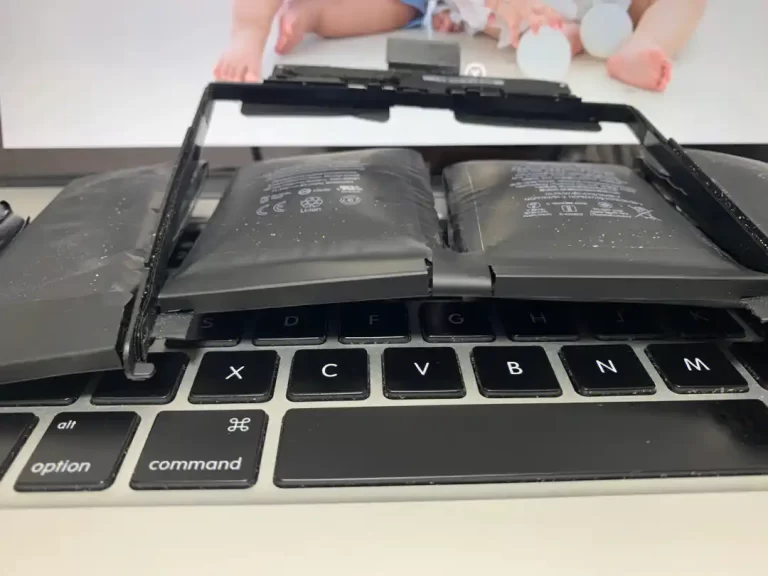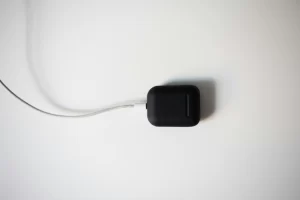The AC adapter may be at fault if your laptop battery isn’t charging. The AC adapter converts power from the outlet to charge the battery and power the laptop. Start by ensuring that the AC adapter is securely connected to both the laptop and the wall socket, as a loose connection can prevent charging.
Check the adapter for any visible damage, such as frayed cables. Additionally, using an adapter with insufficient wattage can also cause charging issues. If all looks good but it’s still not charging, the problem may lie within the laptop’s charging port or battery.

How do I know if my laptop AC adapter is bad?
The AC adapter is crucial for charging your laptop and supplying power, so a malfunctioning one can lead to issues like slow or failed charging.
1. Check for Physical Damage
Inspect the AC adapter and cable for fraying, exposed wires, or burns. Visible damage often indicates a faulty or unsafe adapter.
2. Test the Connection
Ensure the AC adapter is securely plugged into both the laptop and wall outlet. A loose connection can prevent proper power delivery. Try different outlets to rule out wall socket issues.
3. Listen for Unusual Sounds or Smells
If you hear buzzing or smell burning, disconnect the adapter immediately as it may be faulty and potentially dangerous.
4. Observe the Charging Light
Most laptops have a charging light. If this light doesn’t come on or flickers when the AC adapter is plugged in, the adapter might not be delivering power properly.
5. Check Battery Charge Status
If the battery drains while the AC adapter is connected, check your system’s battery settings. If it says “Plugged in, not charging,” the adapter could be defective.
6. Test with Another Adapter
Using a compatible AC adapter from another device is a simple way to confirm if your original adapter is faulty. If the laptop charges with a different adapter, the issue likely lies with your original one.
7. Check for Overheating
An AC adapter may get warm, but excessive heat is a sign of trouble. If it feels very hot, unplug it and let it cool, as it may be nearing failure.
When to Replace the AC Adapter
If you notice any of these issues, it’s likely time for a replacement. Always use a high-quality, compatible adapter to protect your laptop’s components and ensure consistent charging.
By checking for physical damage, unusual sounds, charging light behavior, and overheating, you can identify whether your AC adapter is failing. A reliable AC adapter is essential for keeping your laptop powered and maintaining battery health.
<<<<<Google AC Adapter
Check laptop battery health
To check laptop battery health, there are several effective methods to ensure your device’s battery is performing well. A healthy battery is crucial for optimal laptop performance and longevity.
1. Use Built-in Battery Health Tools
Most operating systems provide tools to check battery health. On Windows, open the Command Prompt and type powercfg /batteryreport to generate a detailed report. This report shows your battery’s capacity, usage, and overall health. On MacOS, hold the Option key, click the battery icon, and select “Battery Health” to view the battery’s condition.
2. Check Battery Health with Third-Party Software
Various third-party applications, like BatteryCare or HWMonitor, offer detailed insights into laptop battery health, showing metrics like current capacity and cycle count. These tools are helpful for users who want in-depth information on battery wear levels.
3. Monitor Battery Performance
Pay attention to your laptop’s battery life and charging behavior. If you notice rapid draining or inconsistent charging, it may indicate battery health deterioration.
Regularly checking laptop battery health helps extend battery life and maintain device performance. Remember to keep the battery from fully draining and avoid overheating, as these habits improve battery longevity.
<<<<<Maxkon AC Adapter


